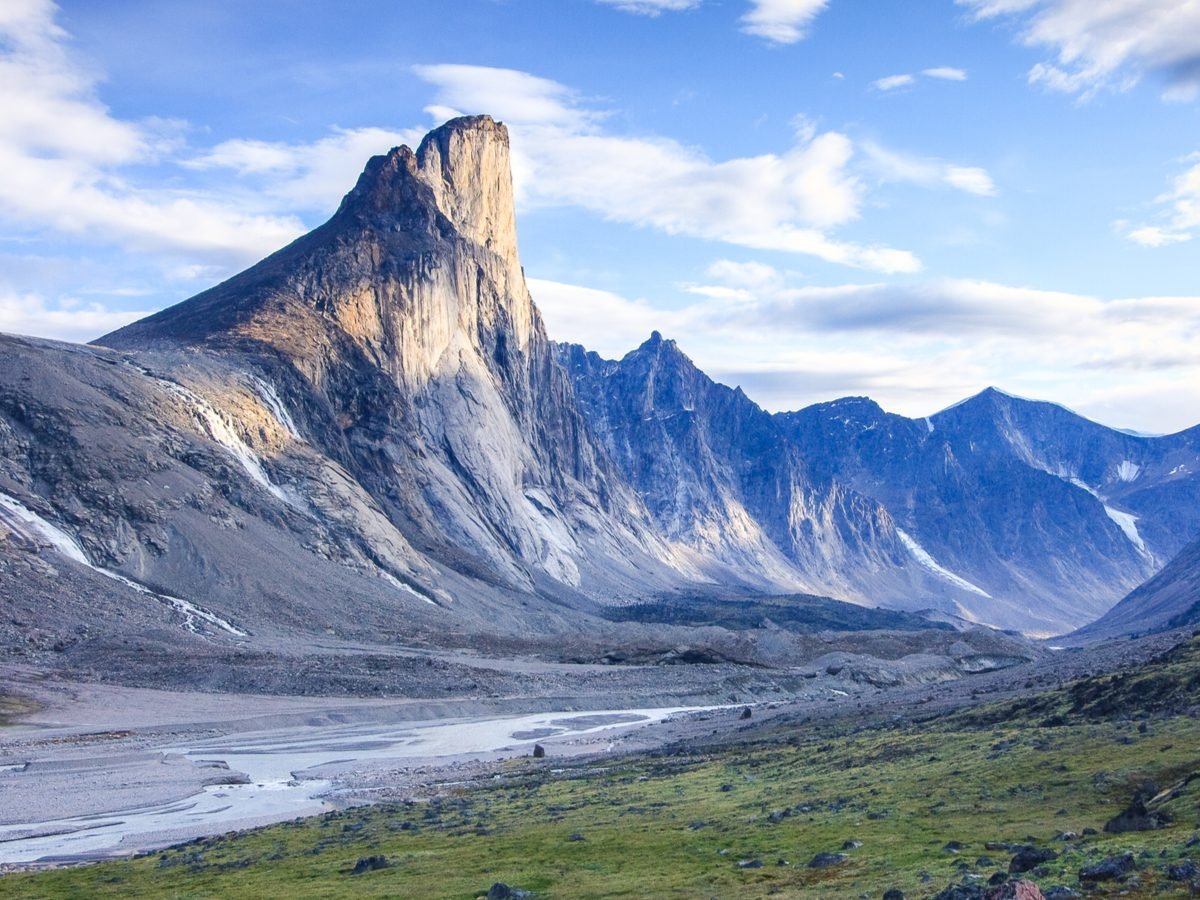
Little-Known Facts About Canada’s Geography
Nunavut is home to the tallest vertical drop on Earth
Named after the Norse god of thunder, Nunavut’s Mount Thor features the world’s tallest vertical drop at a whopping 1.25 kilometres (4,100 feet). (Technically, the granite mountain’s 105-degree overhang means its slope is even steeper than vertical.) Located in Auyuittuq National Park on Baffin Island, this behemoth of Canada’s geography has inevitably become a popular climbing and paragliding spot over the years, although the latter activity is prohibited.
Here are 10 places in Canada every Canadian should visit.
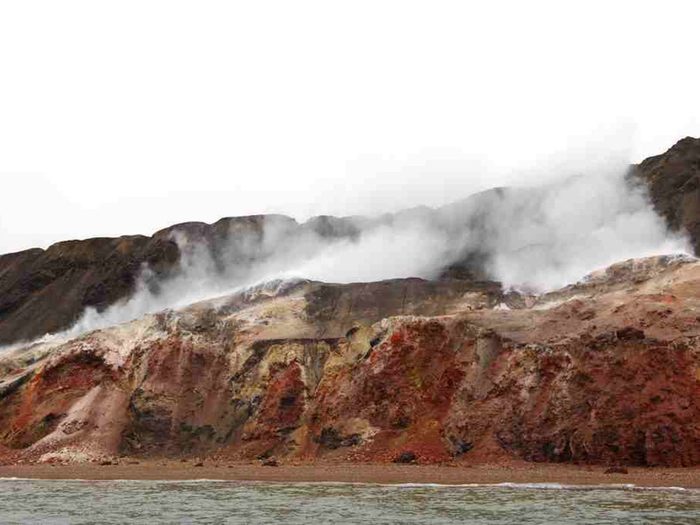
A range of hills in the Northwest Territories is always on fire
On the east coast of Cape Bathurst in the Northwest Territories, the aptly-named Smoking Hills have been smouldering for hundreds of years. Magic? Not really. The underground oil shales beneath the formations are rich in sulfur and brown coal, causing the rocks to burst into flames when the combustible gases are exposed to oxygen. The first recorded sighting of this quirk of Canada’s geography was made by Irish explorer Robert McClure in the early 1800s.
Check out more hidden gems in the Northwest Territories.
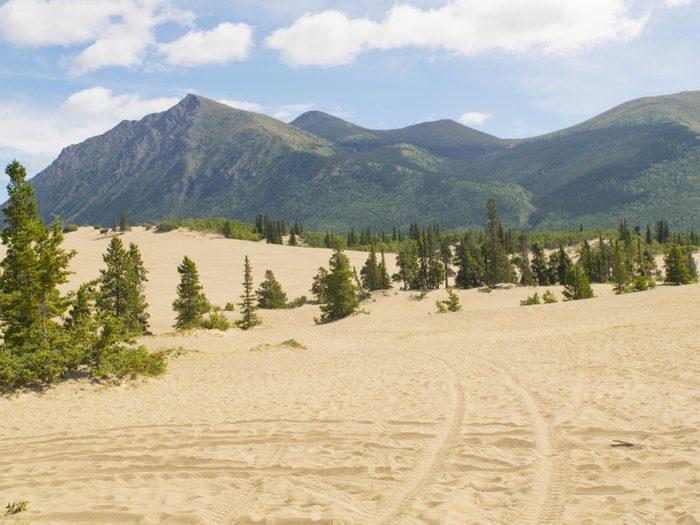
The world’s smallest desert can be found in the Yukon
Let’s be clear: the unincorporated community of Carcross in the Yukon uses the moniker in good fun, as the Carcross Desert isn’t a desert at all. In reality, this beautiful 2.5 square kilometre patch of land is a series of sand dunes left over from a glacial lake thousands of years ago—the tiny area is kept dry year-round thanks to the surrounding mountains.
Discover more essential places to visit in the Yukon.
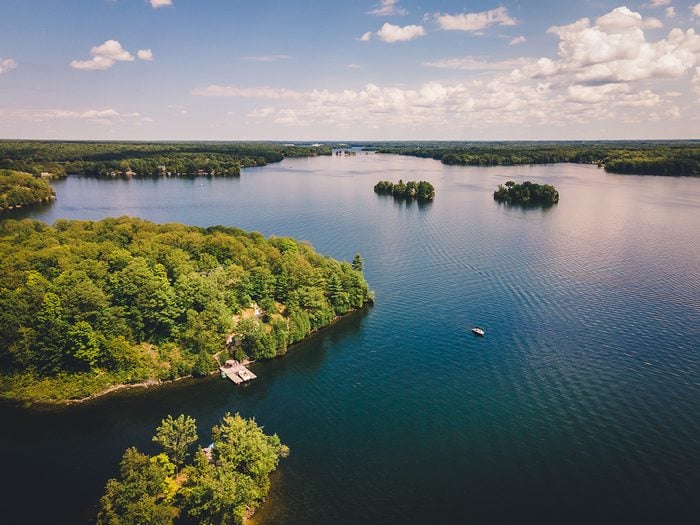
Canada has more lakes than the rest of the world combined
Yes, you read that correctly: approximately 60 percent of all natural lakes in the world are located in Canada. According to the World Atlas, there are an astonishing 31,752 lakes in Canada that are greater than three square kilometres in size, while 561 lakes in the country have a surface area larger than 100 square kilometres.
From adrenaline-pumping mountainside adventures to peaceful sojourns, we’ve rounded up the best hikes in Canada.
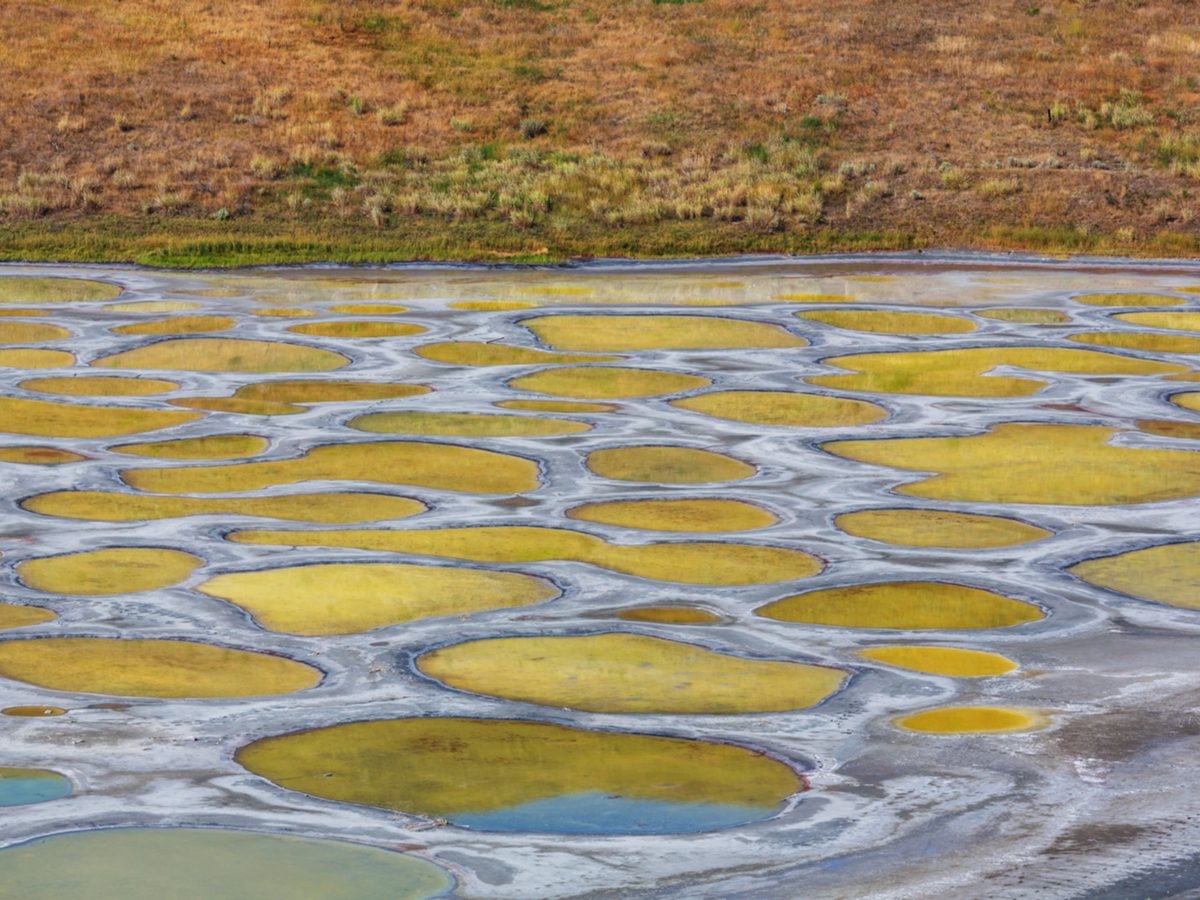
British Columbia is home to the country’s most unique lake
For most of the year, Spotted Lake in British Columbia’s Similkameen Valley looks like any other lake. During the summer, however, this seemingly unremarkable body of water transforms into something magical. In the scorching sun, the water of Spotted Lake evaporates and crystallizes a variety of minerals, forming dozens of white-rimmed circles. These shallow pools—the result of Spotted Lake’s large amounts of magnesium sulfate, calcium and silver—suddenly appear in stunning shades of yellow and green.
Do these facts about Canada’s geography have you itching to explore? Check out these hidden gems across the country.
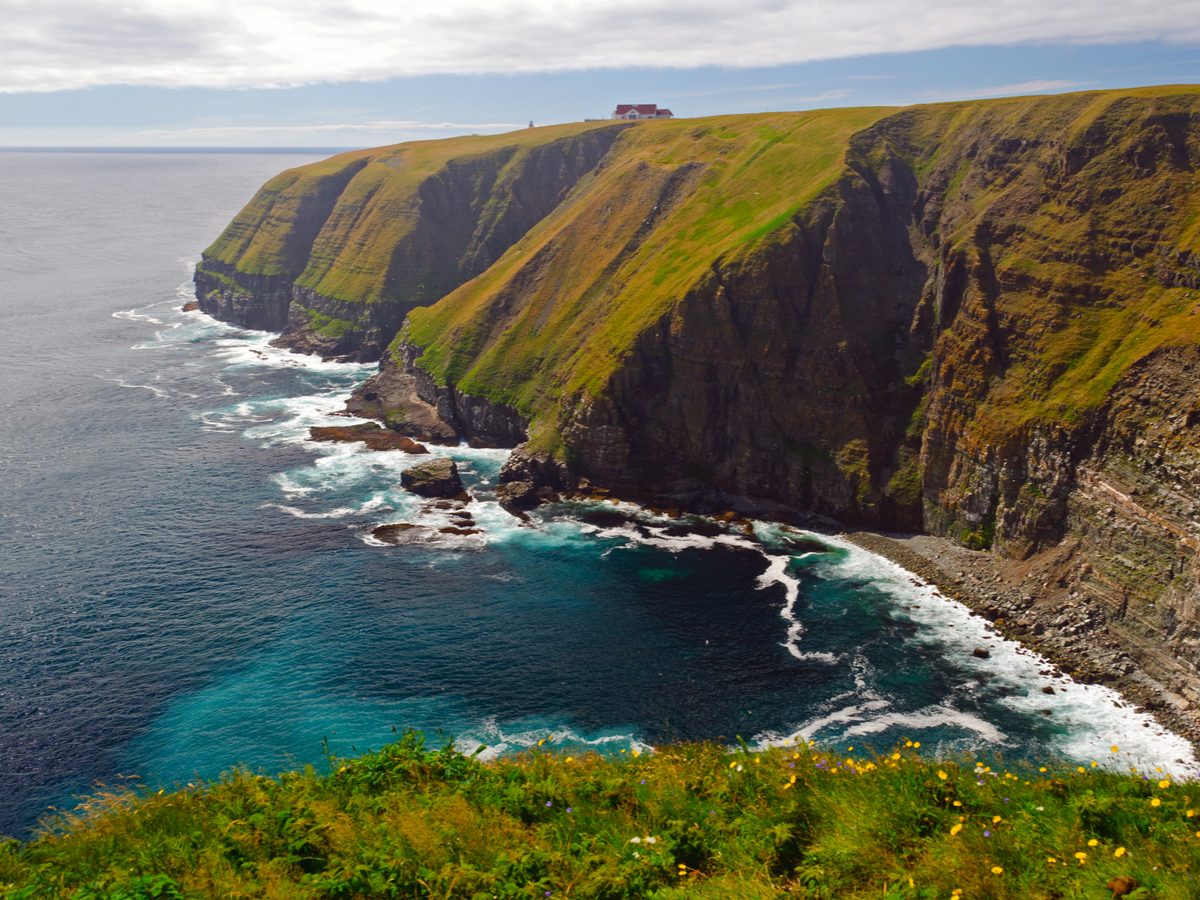
Canada has the longest coastline in the world
Surrounded by the Pacific, Atlantic and Arctic oceans, Canada—despite being the second-largest country—actually has the longest coastline in the world. Measuring approximately 243,042 kilometres, it’s estimated that it would take more than 30 years to walk Canada’s full coastline at the rate of 19 kilometres a day.
Here are more mind-boggling facts about Canada.
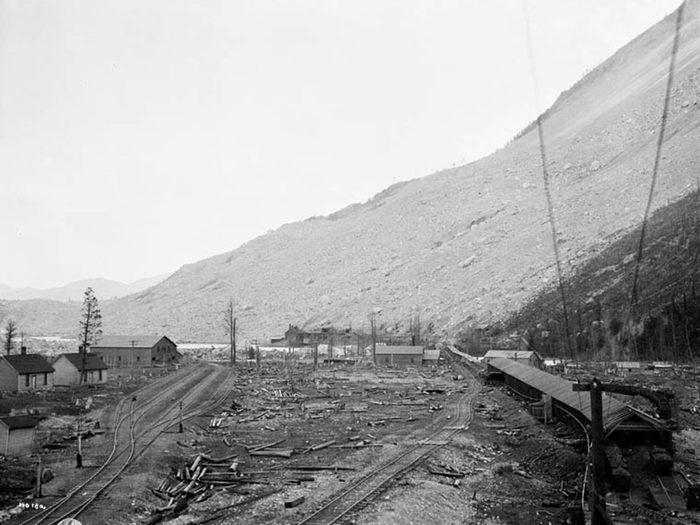
The town of Frank, Alberta, is the site of the deadliest landslide in Canadian history
On the morning of April 29, 1903, 110-million tonnes of limestone rock separated from Turtle Mountain and crashed down onto the mining town of Frank, Alberta. The landslide, which destroyed the entire eastern portion of Frank, resulted in the deaths of between 70 and 90 residents. Indigenous tribes had long considered Turtle Mountain to be unstable—the town’s coal mining activities may have also contributed to the disaster.
Take a look back at Canada’s worst natural disasters.
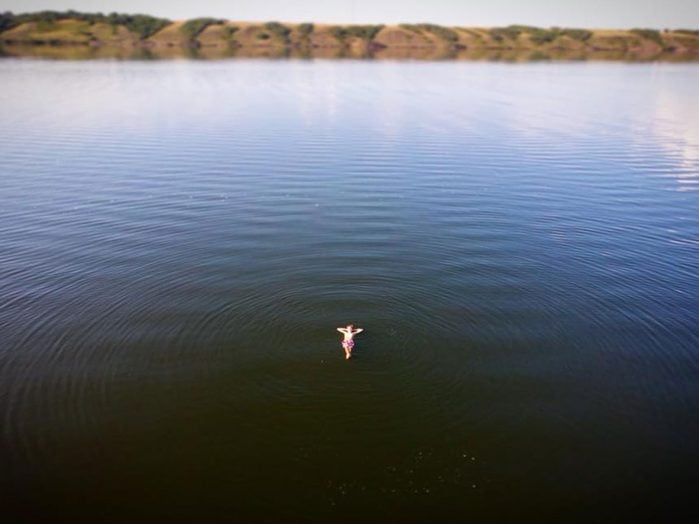
Canada has its own version of the Dead Sea
Known as the “Dead Sea of Canada,” the waters of Little Manitou Lake near Saskatoon are roughly five times saltier than the ocean—and approximately half as salty as the Dead Sea in Israel and Jordan. Fed by underground springs, the lake is so high in sodium, magnesium and potassium salts that it’s almost impossible for swimmers to sink. Locals and visitors alike swear by Little Manitou Lake’s ability to cure skin conditions, arthritis and joint pain, although the science on its healing powers is still out.
Discover the strangest fact about every Canadian province.
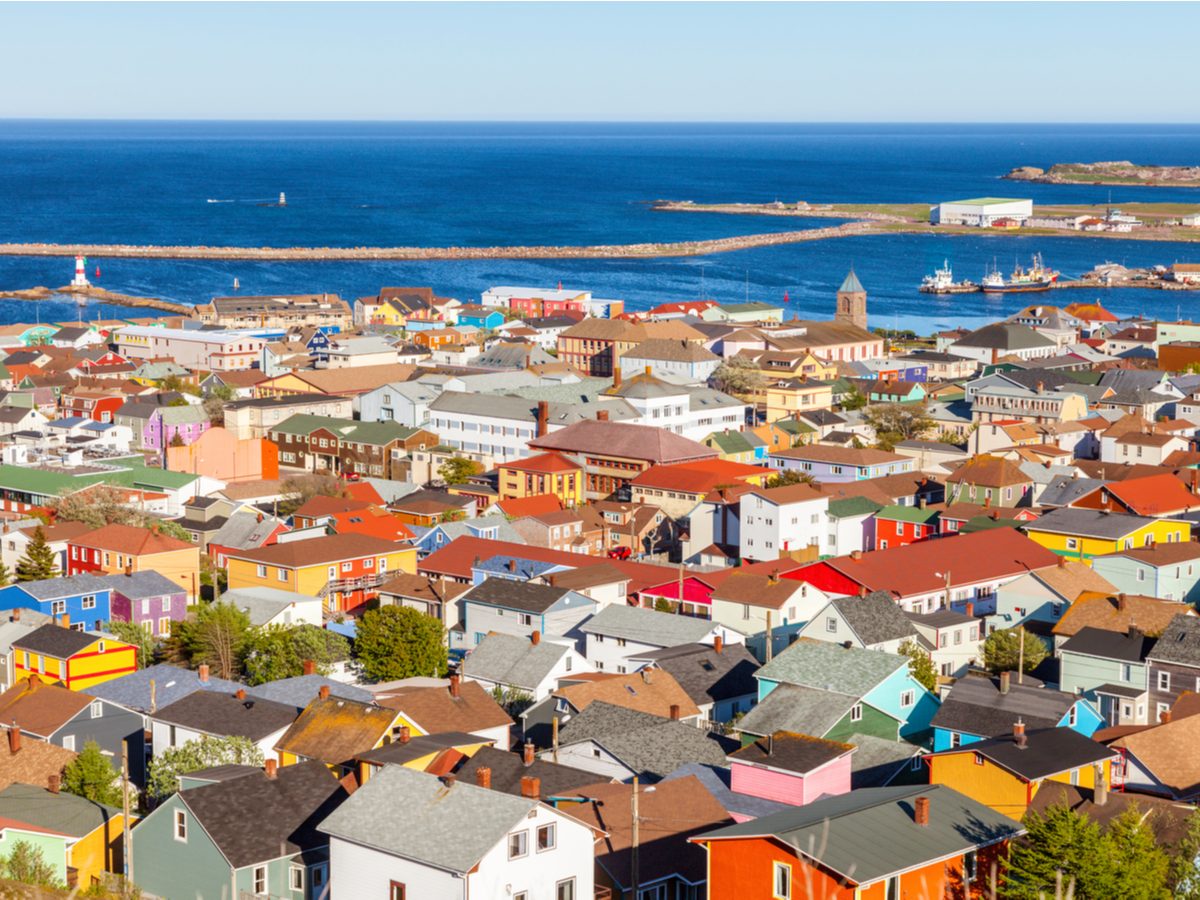
You can visit France—just off the coast of Newfoundland
Thought it was impossible to travel from St. John’s to France in just three hours? Think again. Saint Pierre and Miquelon is an archipelago situated 25 kilometres off the southern coast of Newfoundland and Labrador—and the last piece of French territory in North America. Despite being located on Canada’s east coast, Saint Pierre and Miquelon is very much a part of France: its currency is the Euro, its customs and traditions are French, and the French its 6,000 inhabitants speak is more similar to Metropolitan French than Canadian French.
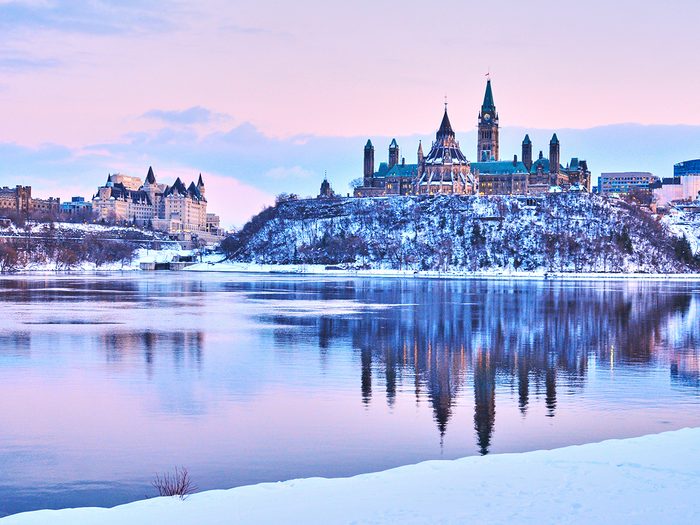
Ottawa is a perennial contender for the world’s coldest capital city
It’s no secret that winter in Ottawa is bone-chillingly cold, as our nation’s capital experiences an average low temperature of -14.8 degrees Celsius in the month of January. During winter, O-Town often finds itself battling Moscow, Helsinki, Reykjavik and Mongolia’s capital, Ulan Bator, for the dubious honour of being the world’s coldest capital.
Find out what it was like on the coldest day in Canadian history.
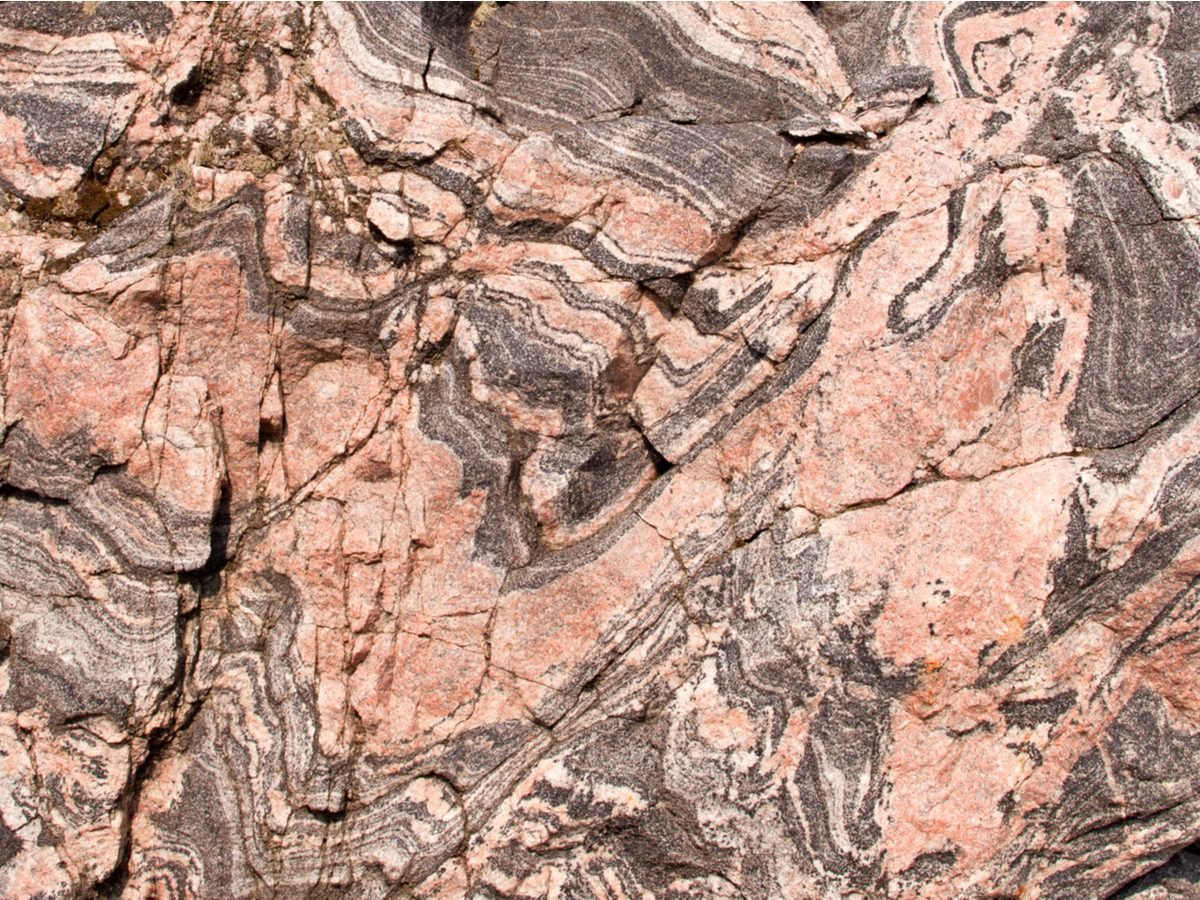
The world’s oldest rocks can be found in Quebec
In 2008, a team of Canadian and American researchers discovered rocks along the Northern Quebec coast of Hudson’s Bay that were found to be 4.28 billion years old. The oldest previously-known rocks were found in a formation called the Acasta Gneiss, located southeast of Great Bear Lake in the Northwest Territories.
Marvel at the most beautiful Canadian waterfalls.
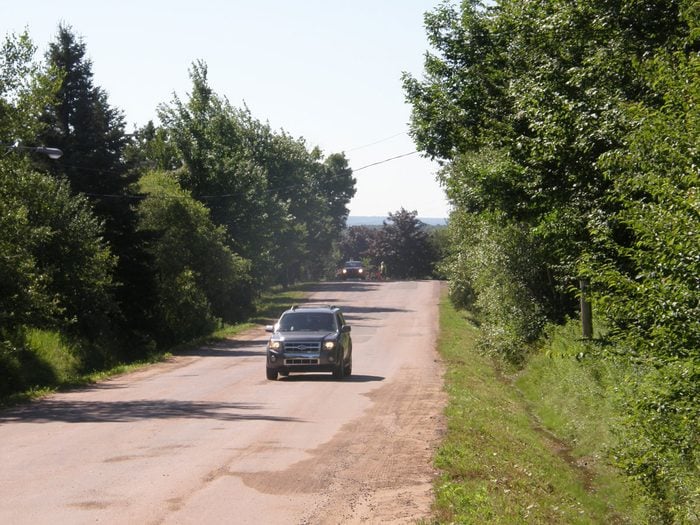
A hill in New Brunswick makes visitors question gravity
Shift your car into neutral at the bottom of Magnetic Hill in Moncton, New Brunswick, and you’ll see that it’s moving backwards—uphill. Magnetic Hill, however, is actually a “gravity hill,” a term used to describe any place where the surrounding landscapes produce an optical illusion, making a slight downhill slope appear to be on an incline. Cars that appear to be rolling uphill are actually rolling downhill—just as gravity intended.
Check out the quirkiest roadside attractions across Canada.
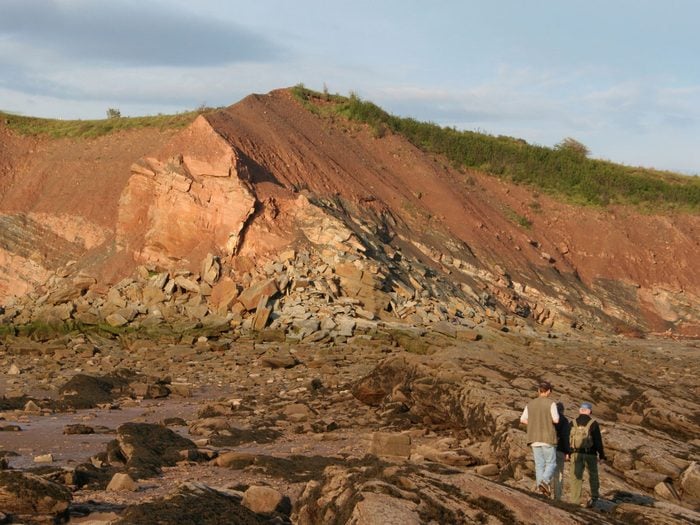
You can find 300-million-year-old fossils in Nova Scotia
Made a UNESCO World Heritage Site in 2008, the Joggins Fossil Cliffs contain the most complete fossil record of life during the “Coal Age,” a geological period that took place more than 300 million years ago. The site was discovered by Nova Scotian geologist Sir William Dawson—it was here that he uncovered the fossil of Hylonomus lyelli, the earliest known reptile. The Joggins Fossil Cliffs are even mentioned in Charles Darwin’s revolutionary 1859 text, On the Origin of Species.
Now that you’ve got these facts about Canada’s geography under your belt, see how you fare on our great Canadian trivia quiz.